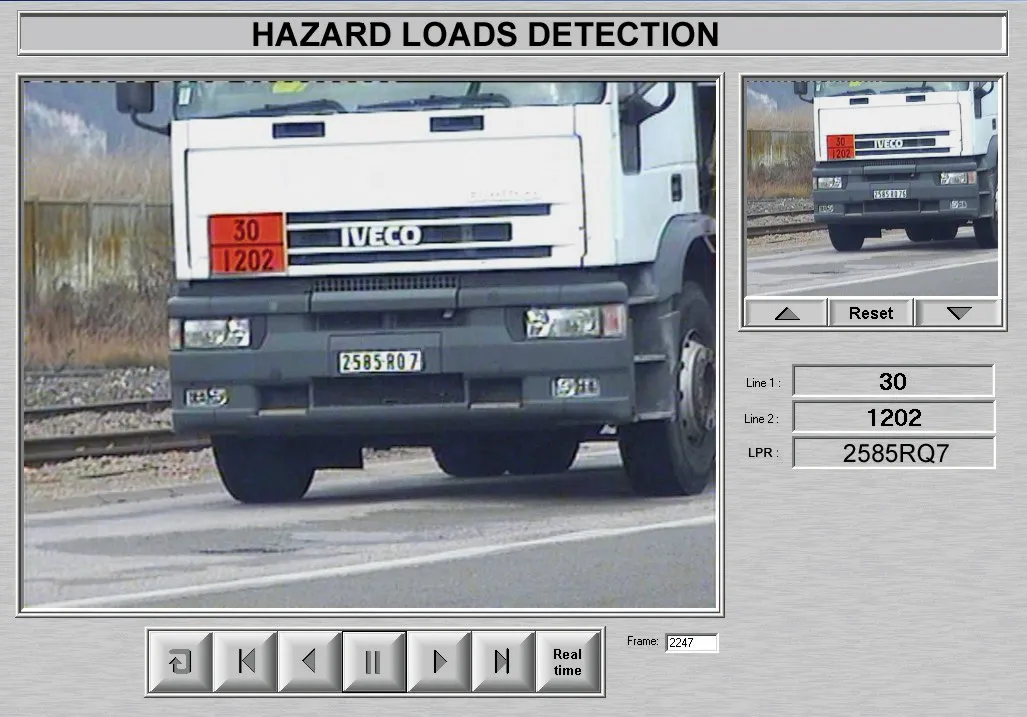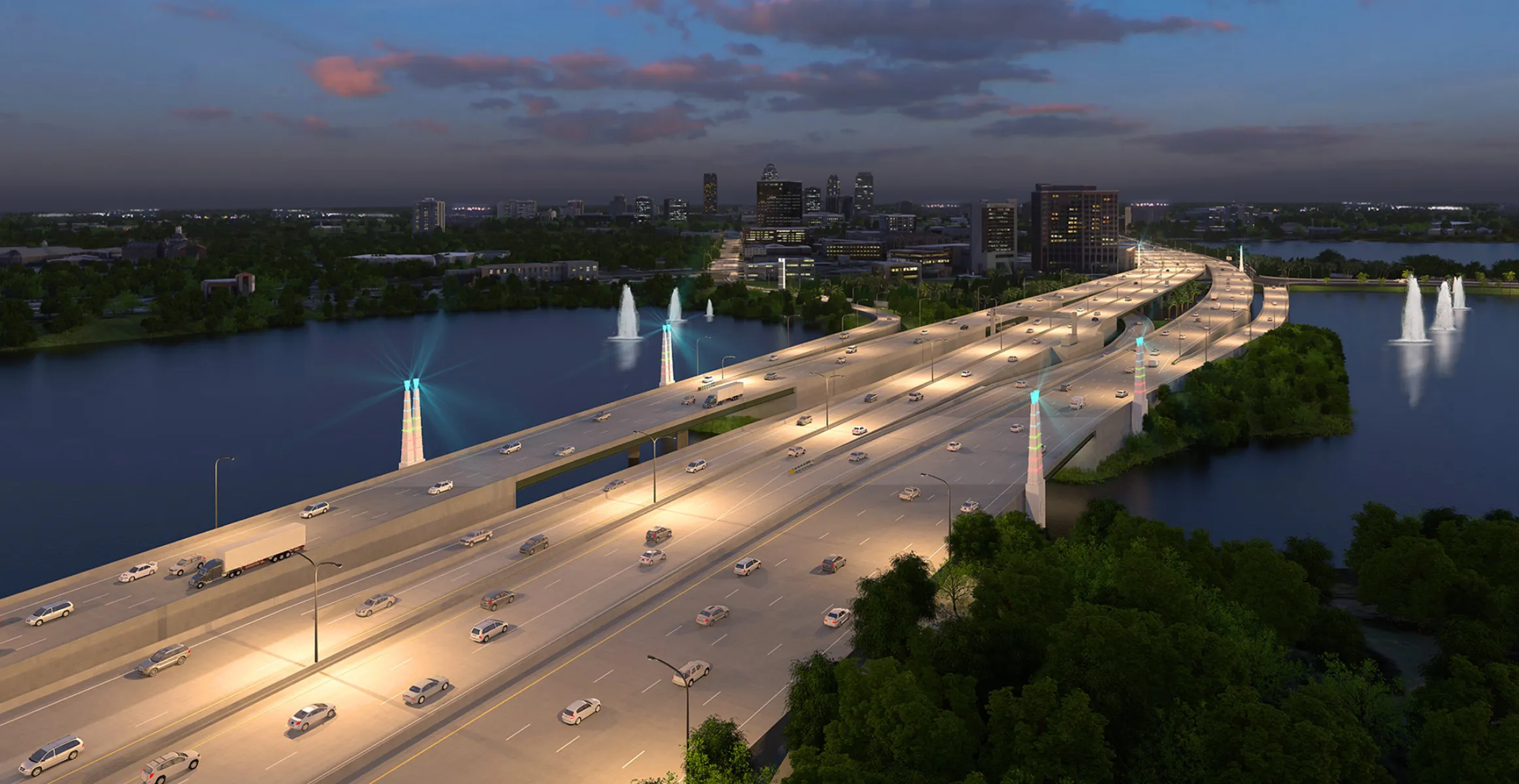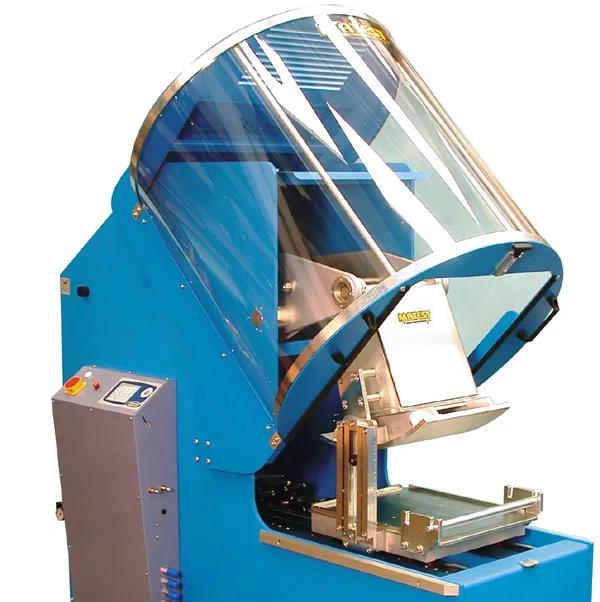In 2006 Traficon won the first project on the world's first artificial island, the iconic Palm Jumeirah in Dubai, to provide incident detection and traffic data collection along the main arterial road. The technology used included 18 detection units and was won with Siemens Building Technology. The company also won the contract for the tunnel: 26 detection units, in cooperation with Japanese Kinden Corporation. "The Palm Jumeirah vehicular tunnel is in fact the third tunnel (the others are the airport tunne
July 20, 2012
Read time: 5 mins

In 2006
"The Palm Jumeirah vehicular tunnel is in fact the third tunnel (the others are the airport tunnel and Al Shindagha tunnel) equipped with Traficon's incident detection system," explains project manager Steven Van Caet.
The island's estimated 20,000 visitors a day are transported from the mainland to the island via the 1.4km, 40m wide six-lane highway in an undersea tunnel.
Key components of Traficon's system include traffic incident detection and flow monitoring, traffic data collection and pedestrian detection, an IP-addressable board for communication, along with a software platform for collection, and storage of traffic events and data in a relational database.
Data and events are provided to the server and the system is integrated and networked into the larger traffic management system.
Over 26 cameras are mounted in the tunnel and video signals are transmitted to the detectors in the control room. These detectors also generate technical alarms for incidents such as power failure.
Traficon is proud to be winning contracts on the Palm project, which has been described as the Eighth Wonder of the World.
"The Emirates, and particularly Dubai and Abu Dhabi, are considered references for the Gulf region and Middle East. Success highly depends on proven experience and references," explains International Sales Manager Koen Soenens.
The company also has new projects on the horizon all over the world, including France, Norway, Chile, Croatia, Australia, China and Saudi Arabia (to name a few).
"We are continuously investing in manpower and technology in order to stay ahead of what the traffic market will be looking for," explains Soenens. "Traffic problems are a worldwide phenomenon, and we are ready to tackle these by focusing on new applications and advanced algorithms."
Smoke system
Meanwhile, D-Tec (part of AD Group) through its Middle East region partner BSS-ME, has also supplied an advanced solution for the main tunnel.
BSS-ME supplied, tested, and commissioned seven advanced IP-based, NetVu Connected, FireVu units to provide a state-of-the-art CCTV-based Video Smoke Detection (VSD) for the tunnel.
The creation of the Palm Jumeirah plays host to an impressive array of world-class residences, hotels, retail, entertainment and leisure facilities.
The tunnel is monitored around the clock by BSS-ME's supplied FireVu-based solution, which has the ability to deliver a fast track response to potential fire, detecting smoke in a matter of seconds.
The box-like Palm Jumeirah tunnel, a major engineering feat, required 185,000m³ of concrete and 30,000tonnes of reinforcing steel, and has been designed and constructed to hold three individual tubes with the outer two tubes carrying three lanes of traffic and pedestrian walkways in each direction. The inner tube is used as a service tunnel and also in the event of an incident for emergency evacuation.
The FireVu units adopted for the Palm Jumeirah are said to be the latest and most capable incarnation of D-Tec's FM-approved VSD technology. For the Dubai tunnel solution, the FireVu units installed by BSS-ME are connected to 28 fixed CCTV cameras positioned strategically throughout the tunnel's two outer tubes (14 in each).
"Crucially, the cameras used for VSD are the same as those for security and other surveillance tasks (such as traffic management) in the tunnel, thus maximising the return on investment," says D-Tec.
Alarm and associated video images can be relayed back to a central control room and can be reviewed using NetVu ObserVer video management software to offer a fast response to an event.
Hazardous loads
A new ANPR (automatic number plate reader) system has been designed to read hazard warning and number plates simultaneously, allowing tunnel operators to know that a hazardous load has entered and left a tunnel.
The mere presence of vehicles transporting dangerous material may transform banal traffic incidents into catastrophic events often with a high human and material cost out of proportion with the initial incident. To date, the control of trucks transporting dangerous goods has been based entirely on visual checks, which are in general neither systematic nor efficient, says Advanced Camera Solutions.
Cameras are placed at both ends of the tunnel and the hazard load data is locked to the number plate data ensuring full traceability of the load in and out of the tunnel. The monitoring cameras provide infrared video streams optimised for the remote plate stream server. This data is then transmitted over a standard IP network to the control centre in MPEG4 format, and if necessary an overview camera can also be added.
The system will help emergency services understand what problems they are likely to encounter when dealing with a dangerous situation. This knowledge should assist them with bringing the problem under control faster and more efficiently.








